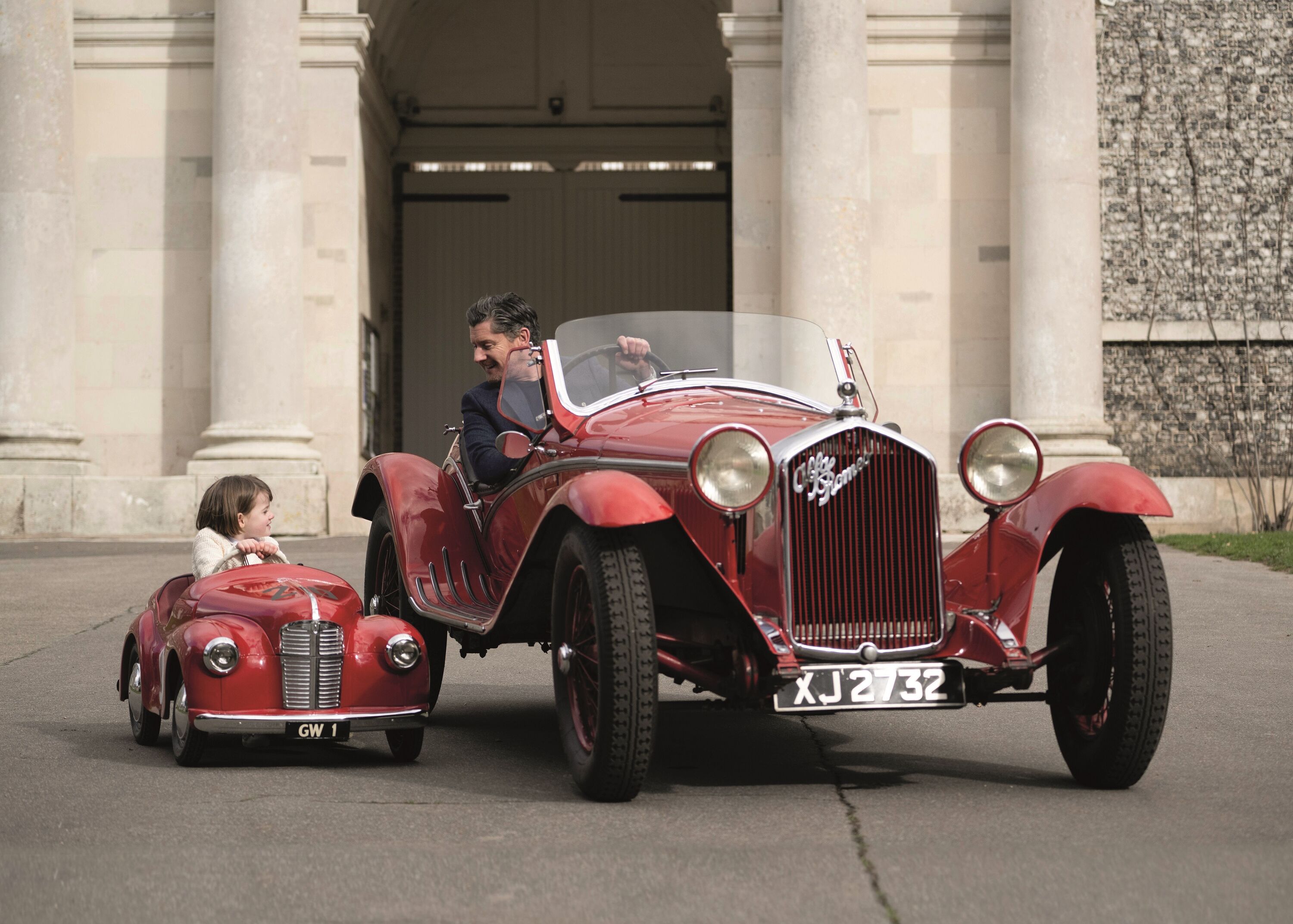What makes the Whittle jet engine so special
One of the fascinating displays in this year’s Freddie March Spirit of Aviation display is not an aircraft at all, but an engine. The first jet engine in fact, as designed (by Sir Frank Whittle) and built (by Rolls-Royce) in 1943. We’ve seen it before at Revival but this year there’s a twist: they fire the thing up.

“You have to wear ear defenders because it is quite loud, and we only run it at tickover speed otherwise it would take off,” said Michael Hummil, a research engineer for the Dyson company which bought the engine in 2014. Michael says he usually works with hand driers, so firing up a jet engine at an event like Revival is a bit of a change.
Tickover for this engine, actually a second-generation version of Whittle’s world-changing invention, is around 5500rpm but Michael tells us it does rev to 16,000 at which point it is producing around 16,000lb of thrust. When they fire it up (facing the runway, you will be pleased to hear) they have to put chocks under the wheels of the trolley it is mounted on to stop it careering off.
This type of engine was first used in an experimental jet and then in the RAF’s first operational jet fighter, the 600mph Gloster Meteor of 1944. It is a highly appropriate addition to the Freddie March Spirit of Aviation display this year, with its theme of the RAF’s centenary.
This particular engine has had a chequered life: it was shipped to Canada in 1944 but had to come back to be rebuilt by Rolls-Royce – someone apparently fired it up without lubricating the bearings first. That’s a big no-no. After rebuild it was used as a training engine before falling into disrepair and being discovered in a Cambridge scrapyard in 1969.
Bought and restored by an enthusiast, this engineering work of art was then acquired by that lover of all engineering excellence, James Dyson. And before you ask, there are plenty of things in common between the Whittle jet engine and Dyson’s clever motors in assorted home appliances…

How to start the Whittle jet engine…
1. Hand pump oil to lubricate the bearings.
2. Open the throttles; there are two, one to open and one to control speed.
3. Switch on igniters to provide the initial spark to get combustion going.
4. Turn the starting handle (really!) to turn the compressor shaft and turbine blades, otherwise the starter motor would not be able to turn it alone.
5. Press start button… and stand well back.
Once it is going, the engine will continue to run for as long as fuel is supplied to it. There is just one moving part: the compressor/shaft and turbine blades. And to turn off? Switch off the igniter.
There’s a very good chance the Dyson car, due to be unveiled in 2021, will be rather easier to start and stop…
Photography by James Lynch
Revival
Revival 2018
2018










































































